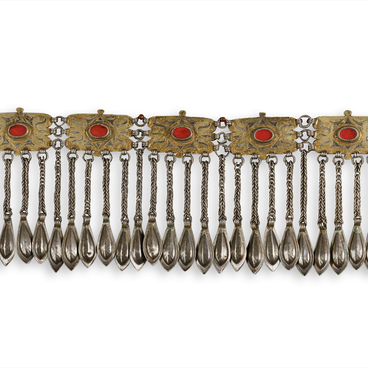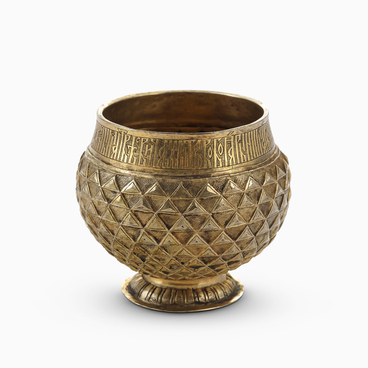Gzhel is one of the traditional Russian centers of ceramics production.
The production of Gzhel pottery developed near Moscow, in an area rich in clays. Extensive mining of various types of clay has been carried out there since the mid-17th century.
Until the 18th century, Gzhel craftsmen made dishes, tiles, and toys that were ordinary for that time. By the mid-18th century, Gzhel gained prominence as a place that produced maiolica decorated with paintings on a white background.
The Gzhel style of painting was elegant and colorful. It used five colors — yellow, green, brown, cherry and blue — on a white background. The painting, multicolored and festive, was applied by hand with a confident and quick brush stroke. Cities, people, and animals were depicted on the dishes.
In the 19th century, Gzhel products resembled maiolica and were still colorful. The fashion for cobalt came from Central Asia. Cobalt dye was very expensive and was used only as one of the colors, so the traditional blue-and-white Gzhel pottery appeared only in the second half of the 19th century, when cobalt became cheaper.
Earthenware products of Gzhel craftsmen were exported to the countries of the Middle East and Central Asia. At that time, Gzhel dishes were called “the best of all dishes made in Russia of this kind.”
The most well-known and challenging works were kvass jugs. It is believed the kvass jug is one of the indicators of a potter’s skill. A kvass jug is a disc-shaped vessel with a spout, a wide throat and a curved handle. In the middle of its body there is a round hollow hole for placing ice that cooled the kvass. The disc-shaped body is placed on four legs and has a handle, a spout, a throat, and sculptural decorations. The jug is finished by hand, so the final product does not look assembled, but whole-made.
In Russian ceramics, kvass jugs and kumgans (pitchers with a spout) were known earlier, but in maiolica they became technically more advanced. The main part of these large jugs — the disc — was stretched on a potter’s wheel, and then other parts were attached to it.
Yeast- or fruit-based kvass was stored and served in kvass jugs. Kvass jugs are characteristic of Russian dining sets.


